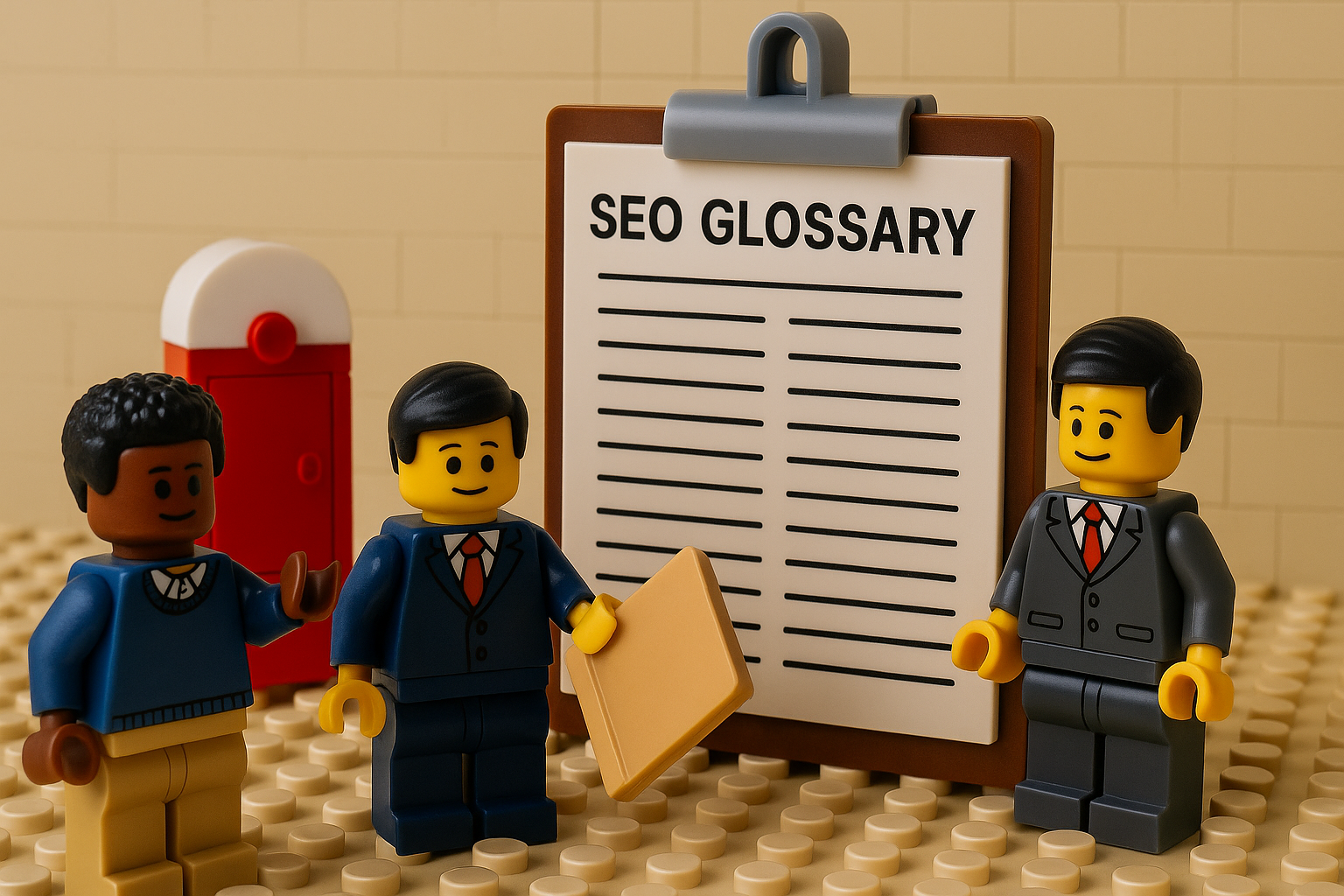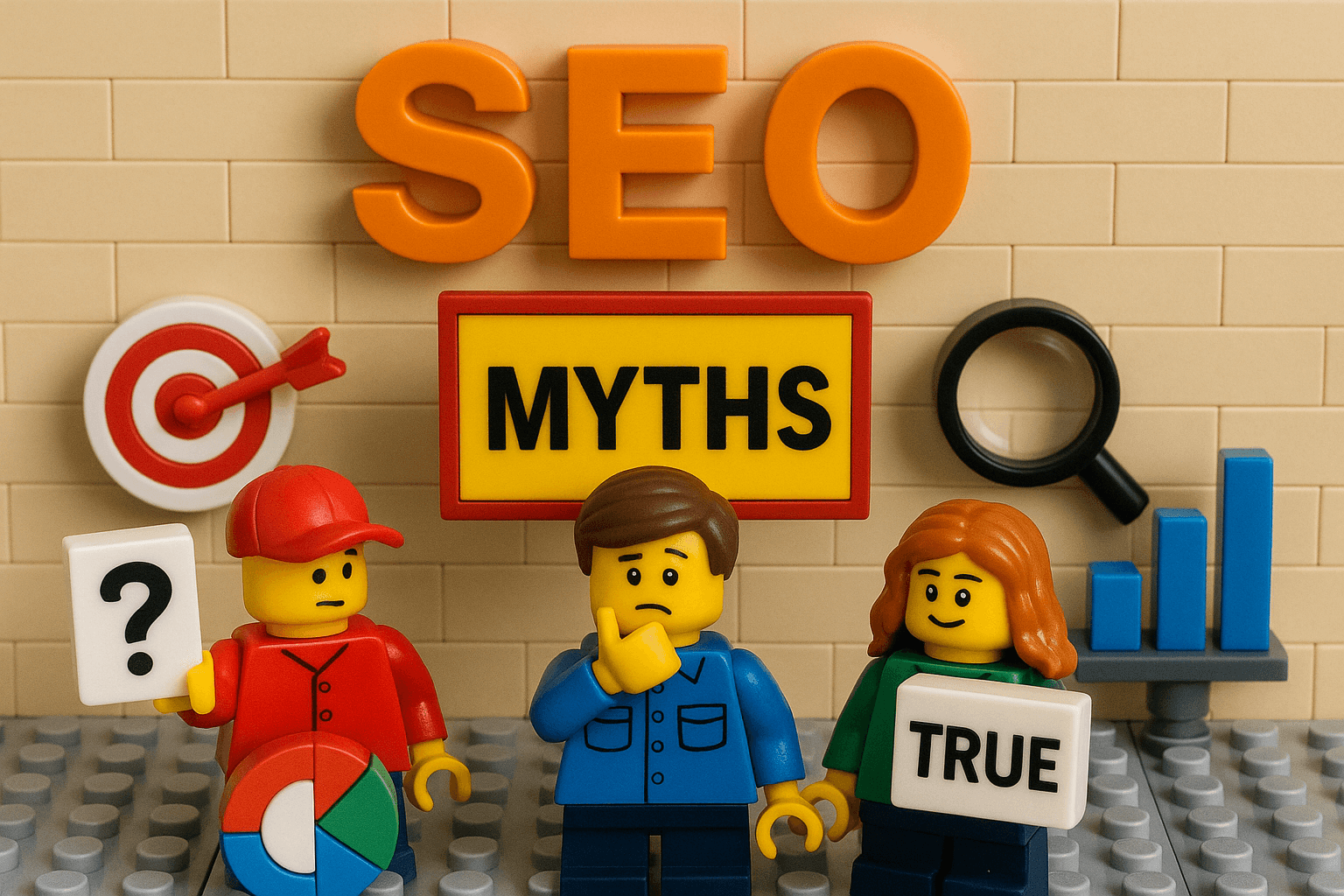AI Mode
AI Mode is a search feature where artificial intelligence generates answers directly within search results.
AI Overview
AI Overview is Google’s AI-powered summary that appears at the top of search results to provide quick answers.
Algorithm Update
An algorithm update is a change in Google’s ranking systems that can affect website visibility in search results.
Backlinks
Backlinks are links from one website to another that signal trust and authority to search engines.
Bounce Rate
Bounce rate is the percentage of visitors who leave a site after viewing only one page.
Canonical Tag
A canonical tag is a piece of code that tells search engines which version of a page should be treated as the original.
Crawling
Crawling is the process by which search engines discover and scan web pages using bots.
CTR (Click-Through Rate)
CTR (Click-Through Rate) is the percentage of users who click on a link after seeing it in search results.
Domain Authority (DA)
Domain Authority (DA) is a third-party metric that predicts how likely a site is to rank based on backlinks and trust signals.
Duplicate Content
Duplicate content is content that appears in more than one place online, which can confuse search engines.
EEAT (Experience, Expertise, Authoritativeness, Trustworthiness)
EEAT stands for Experience, Expertise, Authoritativeness, and Trustworthiness — Google’s guidelines for evaluating content quality.
Featured Snippet
A featured snippet is a highlighted search result at the top of Google’s SERP that directly answers a user’s query.
Google Business Profile
A Google Business Profile is a free tool for managing how your business appears on Google Search and Maps.
Indexing
Indexing is the process of adding web pages to Google’s searchable database.
Keywords
Keywords are the words and phrases that users type into search engines to find information.
Keyword Stuffing
Keyword stuffing is the overuse of keywords in content in an attempt to manipulate rankings.
Landing Page
A landing page is a standalone web page designed to attract visitors from search or ads and convert them into leads or customers.
Local SEO
Local SEO is the practice of optimising your website to appear in searches from nearby users.
Meta Description
A meta description is a short summary of a page’s content that appears under the title in search results.
Organic Traffic
Organic traffic is the number of visitors who arrive at your site via unpaid search results.
Page Speed
Page speed is how quickly a web page loads, which affects both SEO and user experience.
PPC (Pay-Per-Click)
PPC (Pay-Per-Click) is a type of online advertising where businesses pay when users click on their ads.
Robots.txt
Robots.txt is a file that tells search engine bots which pages or sections of a site they should or shouldn’t crawl.
Schema Markup
Schema markup is code that helps search engines understand the content of a page and display rich results.
Search Engine Optimisation (SEO)
SEO (Search Engine Optimisation) is the practice of improving a website’s visibility in search results to attract more organic traffic.
SERP (Search Engine Results Page)
A SERP (Search Engine Results Page) is the page displayed by search engines after a user enters a query.
Sitemap
A sitemap is a file that lists the pages of a website to help search engines crawl and index them.
Title Tag
A title tag is the HTML element that specifies the title of a web page and appears as the main link in search results.
Topical Authority
Topical authority is the perceived expertise of a website in a particular subject area, built through high-quality, focused content.
White Hat SEO
White Hat SEO refers to SEO practices that follow Google’s guidelines and focus on long-term, sustainable results.





